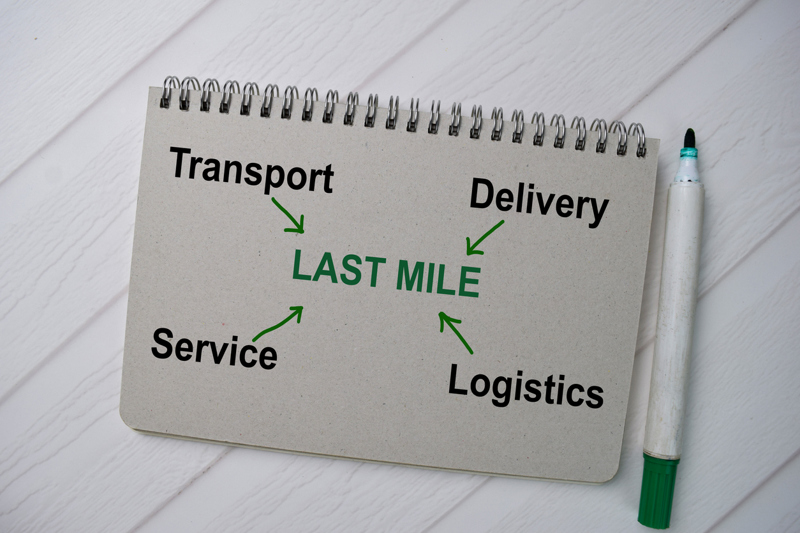Since the start of the COVID-19 pandemic in 2020, curbside pickup has been the talk of retail, and with good reason, as consumers looked to get goods quickly and avoid contact. However, despite this, the role of delivery has continued strong and may just not be going the way of the dinosaur anytime soon.
Between December 2019 and August 2020, leading retailers offering curbside pickup in the US jumped from 7% to 44%. In 2020, buy-online-pickup-in-store (BOPIS) and curbside combined for an increase of 107%. While slowing down in 2021, pickup-at-a-location sales were estimated to have grown 15% and are expected to grow 20% or more this year and in 2023.
Despite the popularity of curbside pickup, a recent Pitney Bowes BOXpoll found that aside from grocery—where 44% of respondents said that they preferred curbside pickup to home delivery—no other category received more than 25% of consumers picking curbside over the convenience of getting a package delivered to their home or office. So, last-mile delivery continues to be a key differentiator and service for retail and eCommerce shops looking to attract retail shoppers.
According to an August 2022 report from research company Technavio, the last-mile delivery market is expected to grow by $143.75 Billion from 2021 to 2026, with a year-over-year growth rate of 2022 estimated at 13.48%. Of that growth, 35% is expected to emanate from North America.
Free Shipping Drives Home Delivery Demand
According to the poll, the factors that drive consumer choice for delivery over curbside pickup are free shipping and not having an immediate need for the product, allowing them to wait for shipping to home. This reinforces the findings of past Boxpoll studies that showed that about 75% of shoppers prioritize cost over delivery speed. So, retailers that can offer free or reduced-cost shipping, and the consumer doesn’t need an item within the typical 2-hour window of curbside pickup will opt to stay home—especially as gas prices continue at record high prices.
Of course, meeting the demands and expectations of customers that choose home delivery over any form of BOPIS or curbside may mean more than just low price, especially when considering the demographics that the BOXPoll showed would make the choice.
According to the survey, about three-quarters of the Boomers (73%) prefer delivery over curbside. Additionally, households with incomes above 100K and those who don’t have kids followed closely behind [perhaps with some overlap] Boomers as those that pick home delivery when shopping.
Controlling Cost is Key For Retail Last-Mile Shipping
For retailers, e-tailers, and the 3PLs that work with them, the trick then is providing the service demanded at the price they want while keeping costs down to preserve margins.
Here are a couple of ways that shippers can help keep final-mile costs down while giving demanding customers the experience and price they demand:
Multi-Carrier Network. Utilizing a multi-carrier network of national, regional, and local carriers can help shippers cut the expenses of shipping free and low-cost offers to customers and even hyperlocal gig workers and couriers. This could also reduce the expense of fuel surcharges as carriers pass along the bump in costs to their customers.
Omnichannel Shipping Strategy: By shipping from various locations such as storefronts, 3PL’s regional warehouses, distribution centers, and even drop-shipping directly from manufacturers, retailers, and eCommerce businesses, place products closer to the customer not only cut costs but speeds delivery time as well.
Home delivery is certainly not going anywhere, despite the growing popularity of curbside, BOPIS, and even lockers and other options. However, shippers that optimize their planning, automation, and management of their final-mile shipping will be able to meet the demands for free shipping while controlling expenses and finding success in the competitive retail and eCommerce landscapes.
Contact us today to learn more about how Transtream can help manage your final mile shipping with our multi-carrier management software.
